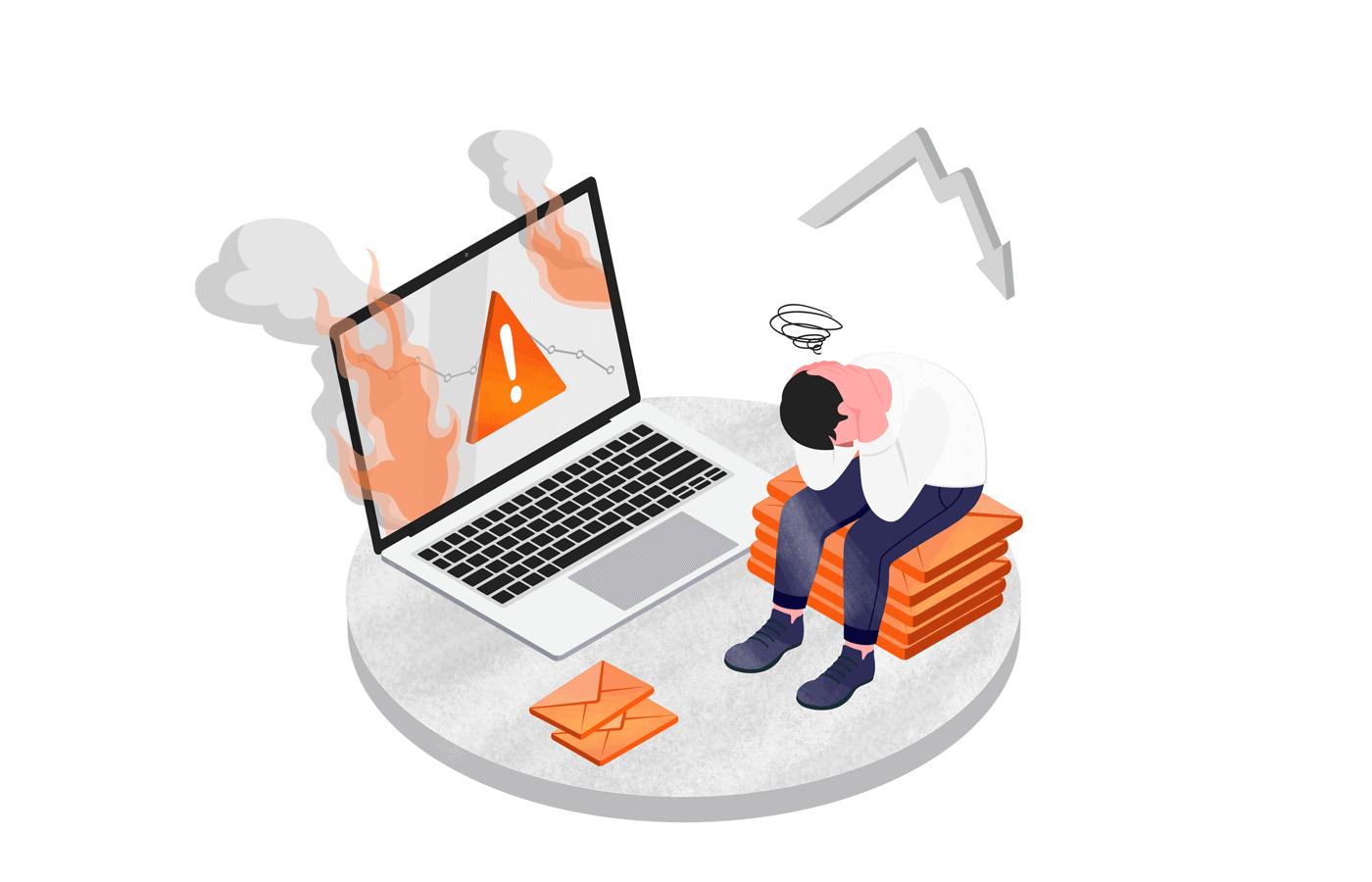Email marketing continues to be one of the most effective ways to reach customers and build long lasting relationships. Yet many marketers struggle to get the results they want from their campaigns. From poor planning to overlooking important details, mistakes can quickly lead to wasted time, money, and missed opportunities. The good news is that these issues can often be fixed with the right tools and strategies.
1. Ignoring the Power of Kickbox
One of the smartest moves a marketer can make is using Kickbox. This tool is designed to help businesses maintain clean and accurate email lists. By ensuring that emails reach real and active subscribers, Kickbox helps reduce bounce rates, improve deliverability, and boost overall engagement. Instead of wasting resources sending messages to invalid addresses, marketers can focus on reaching people who genuinely want to hear from them. The result is better performance and higher return on investment for every campaign.
2. Neglecting Email List Validation
A common mistake is sending campaigns to unverified or outdated lists. Without proper email list validation, companies risk damaging their sender reputation and ending up in spam folders. Validation ensures that only legitimate addresses are targeted, which not only protects campaign performance but also safeguards the credibility of the brand. Validated lists lead to healthier engagement metrics and more reliable data for future marketing strategies.
3. Sending Emails Without a Clear Goal
Every campaign should have a defined purpose. Whether it is driving sales, nurturing leads, or promoting an event, emails need to guide subscribers toward a specific action. Too often, businesses send messages without a clear call to action, which leaves recipients confused or uninterested. Having a focused goal ensures that campaigns resonate with the audience and deliver measurable results.
4. Overloading with Content
Marketers sometimes try to pack too much information into a single email. While it may seem helpful, overwhelming subscribers with long paragraphs and multiple promotions can dilute the message. A better approach is to keep emails concise, visually appealing, and easy to scan. Highlighting one primary offer or message makes it more likely that the reader will take action.
5. Failing to Personalize Messages
Personalization goes beyond simply adding a subscriber’s name. It involves tailoring content based on user behavior, preferences, and past interactions. Sending generic emails that do not speak directly to the recipient often results in low open and click through rates. On the other hand, personalized campaigns show that the brand understands its audience, which builds stronger connections and loyalty.
6. Ignoring Mobile Optimization
With more than half of emails opened on mobile devices, failing to design campaigns for mobile screens is a major mistake. Emails that are difficult to read or navigate on smartphones can lead to frustration and unsubscribes. Marketers should ensure their templates are responsive, images load quickly, and buttons are easy to click. Mobile friendly design is no longer optional; it is essential.
7. Overlooking Subject Lines
Subject lines are the first impression of any campaign. A weak or misleading subject line can result in low open rates, even if the content inside is valuable. Marketers often underestimate the importance of crafting compelling, relevant, and clear subject lines. Testing different variations and focusing on what resonates with the audience can make a significant difference in performance.
8. Sending Emails Too Frequently
Bombarding subscribers with constant messages can quickly lead to irritation and unsubscribes. Frequency should be balanced to keep the audience engaged without overwhelming them. Monitoring engagement metrics helps determine how often subscribers are comfortable receiving emails. Quality always matters more than quantity when it comes to building lasting relationships.
9. Forgetting to Test Before Sending
Sending an email without testing is like publishing a book without proofreading. Broken links, formatting errors, or missing images can damage credibility and reduce effectiveness. Simple checks, such as previewing emails across devices and testing links, ensure that the final version is polished and professional. This small step can save marketers from costly mistakes.
10. Ignoring Analytics and Feedback
Once a campaign is sent, the work is not over. Marketers who ignore performance data miss out on valuable insights. Metrics such as open rates, click through rates, and conversions reveal what worked and what needs improvement. Feedback from subscribers, such as preferences and survey responses, can also guide future strategies. Constant evaluation and adjustment are key to long term success.
Final Thoughts
Email marketing is one of the most powerful digital tools available, but success depends on avoiding common mistakes. Tools like Kickbox and processes such as email list validation help ensure that campaigns are targeted, effective, and trustworthy. By setting clear goals, focusing on personalization, and analyzing results, marketers can create campaigns that not only reach inboxes but also inspire action.












Leave a Reply